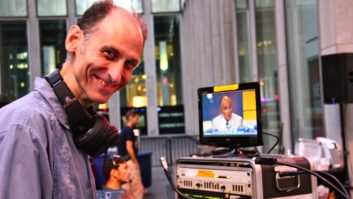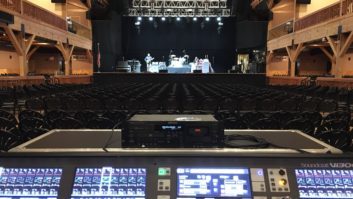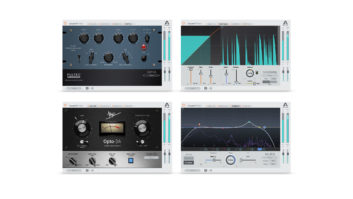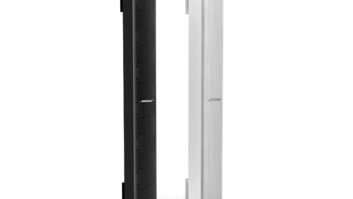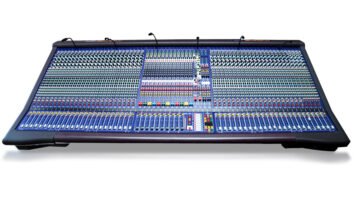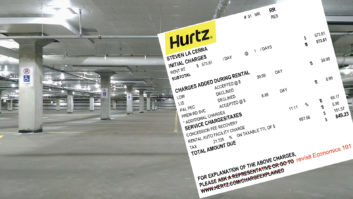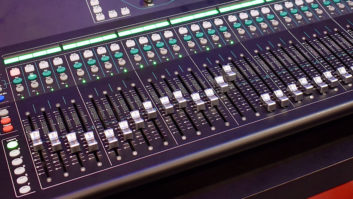The idea of “steering” a P.A. is nothing new. Renkus-Heinz and EAW have been producing steerable loudspeaker arrays since the early 2000s (the ICONYX and DSA, respectively), both of which use software to modify the speaker dispersion pattern. A somewhat different approach was pioneered by L-Acoustics when the company introduced the KUDO, which featured the proprietary K-Louver. The K-Louver could be mechanically adjusted to reconfigure the horizontal coverage pattern for the mid/high section of the speaker.
Based in Calgary, Alberta, PK Sound is working at steering from a very different perspective.
A few weeks ago, PK announced the Trinity 10, the newest addition to its line of “robotic” loudspeakers. The Trinity 10 is reportedly the first mid-size line array using robotics for remote control over vertical and horizontal directivity. At first glance the Trinity 10 appears to be a fairly typical line array, but each module incorporates electronic actuators that control physical characteristics such as curvature of the array and angle of the waveguide. Altering the profile of the array enables user control over dispersion in the horizontal and vertical planes.
Read more Mix Blog Live: Someone Is Listening.
A Trinity 10 array can be flown straight by one or two people without need to pre-set angles for the rigging hardware on each box, simplifying the setup process. Once the box is flown, the pattern coverage is adjusted using PK’s Kontrol™ loudspeaker management software running on a laptop.
As you would expect, horizontal and vertical coverage can be focused where needed, but the fact that coverage patterns can be adjusted while the system is flown is where things get really interesting. An engineer could listen from the FOH mix position while tuning the system, then walk the room to ensure that boxes covering other areas are providing the desired results. When room anomalies thwart the “prediction” of an array’s behavior, a Trinity 10 system could be robotically modified without need to lower the hangs, re-pin the rigging, and re-fly the system.
Imagine being able to stand in the balcony of a theater and adjust the dispersion pattern of the array modules covering that area while listening to the system, instead of relying upon a conventional array prediction—you’d be able to instantly hear the results of the changes, and have the ability to instantly change them back, making the tuning process way more efficient.
It remains to be seen how Trinity 10’s robotic technology will hold up on the road, being bounced around in a truck for tens of thousands of miles, but there’s no doubt that this is interesting technology that could set a trend for future line array design.
